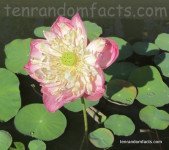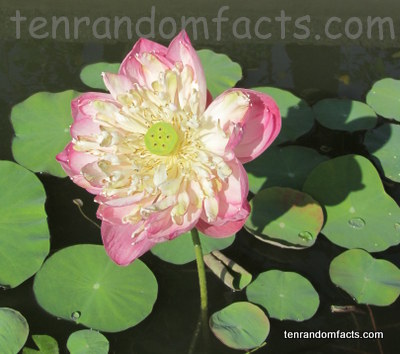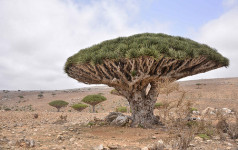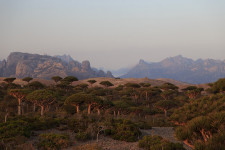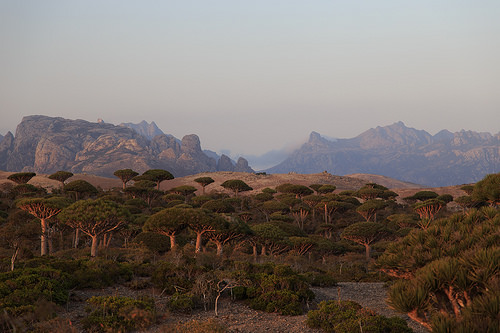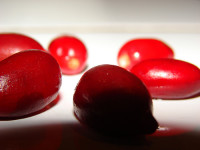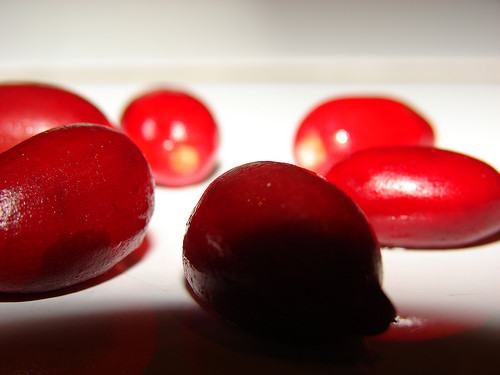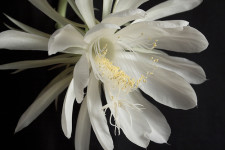
You won’t want to miss the Queen of the Night.
- Queen of the Night is a species of tropical flowering cactus native to forests in Mexico in southern North America; and the plant can also be found further south in Central and South America.
- The ‘Queen of the Night’ is also known as ‘Dutchman’s pipe cactus’, ‘fragrant orchid cactus’, ‘lady of the night’, and ‘night blooming cereus’, though the latter term can refer to a number of different plant species.
- The scientific name of the Queen of the Night is Epiphyllum oxypetalum and it is from the family Cactaceae, the family of cacti.
- Queen of the Nights typically have large white coloured flowers that are usually 12 to 17 centimetres (5 to 7 inches) in diameter, that bloom in summer.
- Each flower of the Queen of the Night usually opens during the evening, and will typically last until dawn, after which it is spent, though it can produce many flowers over a season.
 Queen of the Night
Queen of the Night
Image courtesy of Maciej Szczepaniak
- Queen of the Nights appear to have green ‘leaves’, but rather they are flattened stems that can grow quite long, with a plant height of 2 to 3 metres (6.6 to 9.8 feet).
- For optimal growing and flowering conditions, Queen of the Night plants are best grown in a spot where they catch the morning sun and are shaded in the afternoon.
- The flowers of Queen of the Night plants have a strong, sweet-smelling fragrance, and the flowers can be picked at night and brought inside to enjoy their perfume.
- Queen of the Night plants are commonly grown ornamentally, and they can be manipulated to climb, or can be grown in hanging baskets.
- New plants of Queen of the Night are easily propagated from cuttings that can be taken from the stem, and planted in soil.






